Businesses of all sizes may use email marketing as a strong tool to connect with their target market and accomplish their marketing objectives. It is measurable, and affordable, and enables you to target a large audience with customized messaging. You may develop successful campaigns that help you get the outcomes you want by adhering to the best practices for email marketing.
What is email marketing?
Email marketing is a direct marketing channel that makes use of email to advertise the goods and services that your company offers. It can support your efforts to increase revenue, cultivate client connections, and reach a wide audience. You should segment your email list, customize your emails, and include a clear call to action in order to produce successful email marketing campaigns. Additionally, you should refrain from spamming subscribers and obtain their consent before sending them emails. Businesses of all sizes can use email marketing as a potent tool to help them accomplish their marketing objectives.
Why is email marketing important?
Email marketing is crucial since it’s a measurable, intimate, and direct means of connecting with your target market. It’s also one of the least expensive marketing avenues out there. Sending customized messages to individuals who have already shown interest in your goods or services is possible with email marketing. This increases the likelihood that people will read your emails, respond to them, and eventually perform the desired action, which could be visiting your website, signing up for a webinar, or making a purchase.
Additionally, email marketing is very measurable. To determine what is and is not working, you can monitor open rates, click-through rates, conversion rates, and other crucial indicators. You can use this data to enhance your upcoming efforts and achieve greater outcomes. All things considered, email marketing is a crucial tool for any company looking to connect with its target market and meet its marketing objectives.
Types of Email Marketing and Tools
There are many different types of email marketing campaigns that businesses can use, but some of the most common include. Emails that promote sales, new product releases, and other promotions are known as promotional emails.
Newsletters: Subscriptions to newsletters receive insightful articles, advice, and news from the business.
Welcome emails: Upon joining your email list, new subscribers receive a welcome email. Usually, they give a discount or other incentive along with an introduction to your company.
Emails about abandoned carts: Subscribers who have added products to their shopping cart but have not yet finished their transaction receive emails about abandoned carts.
Re-engagement emails: Re-engagement emails are delivered to subscribers who haven’t clicked on or opened your emails in a long time. Their goal is to either entice these subscribers to visit your website again or to buy anything.
Transactional emails: Emails that are sent in response to a specific action, like a purchase confirmation or an update on the progress of an order, are known as transactional emails.
Onboarding emails: Emails intended to assist new clients in getting started with your product or service are known as onboarding emails.
Milestone emails: Emails known as milestones are delivered to customers to commemorate important events like their birthdays or anniversaries.
Emails with product updates: These emails notify recipients of any changes or new features to your product or service.
Email surveys: These are used to ask subscribers for their opinions.
Emails with client testimonials: These emails feature endorsements from contented clients.
Benefits of email marketing
Email marketing offers a number of benefits for businesses of all sizes, including:
- Cost-effectiveness: One of the most economical marketing platforms out there is email marketing. Sending emails to your subscribers may be done at little to no expense, and monitoring the success of your campaigns will make it easy to determine what is and is not working.
- Reach: You can send a single message to a sizable audience using email marketing. To make sure that the people receiving your emails are the ones who are most likely to be interested in what you have to offer, you can further segment your email list.
- Personalization: With email marketing, you can tailor your communications to each subscriber specifically to make them more relevant. The subscriber’s identity, buying history, or other information may be used to do this.
- Measurability: Email marketing has a high degree of measurability. To determine what is and is not working, you can monitor open rates, click-through rates, conversion rates, and other crucial indicators. You can use this data to make your next campaign even better.
- Building relationships: Developing a relationship with your customers through email marketing is a terrific idea. You can maintain awareness and establish yourself as a reliable authority in your industry by providing them with insightful articles on a regular basis.
- Increasing brand awareness: By consistently interacting with your target audience and disseminating insightful material, email marketing can assist you in raising brand awareness.
- Creating leads: By providing helpful information like webinars, e-books, and white papers, email marketing may be utilized to create leads. Email marketing is another tool you can use to advertise your landing pages and lead magnets.
- Nurturing leads: Email marketing can be used to nurture leads by providing them with offers and educational materials that are pertinent to their interests. By doing this, you can encourage them to proceed through the sales funnel and get closer to becoming a client.
- Increasing sales: You may utilize email marketing to increase sales by sending emails to customers who left their carts empty, advertising your goods and services, and providing special offers and discounts.
- Increasing customer loyalty: By sending out special offers and promotions, offering customer service, and disseminating informative content, email marketing can help increase client loyalty.
Building an email list
Any company that wishes to connect with its target market and accomplish its marketing objectives must build an email list. Businesses may stay in touch with their consumers, advertise their goods and services, and increase sales by gathering email addresses from both current and prospective clients. While there are many strategies for growing an email list, obtaining consent from recipients prior to sending them emails is one of the most crucial steps.
You can accomplish this by putting a sign-up form on your website, providing incentives to visitors who register, and implementing a double opt-in procedure. It’s crucial to segment your subscriber list and tailor your emails after you’ve got one. This will enable you to deliver messages to your subscribers that are more pertinent and targeted. Along with regularly sending insightful content, you should also purge subscribers who aren’t responding to your emails in order to maintain a clean list.
Creating effective email marketing campaigns
Establish specific objectives for your campaign first. What goals do you have in mind? Which goals are you trying to achieve? Lead generation, sales, or brand awareness? Once you are aware of your objectives, you can adjust your campaign. Create attention-grabbing subject lines to draw in subscribers. Adopt language that isn’t spammy and use keywords that are pertinent to your intended audience. Try to make your emails as unique as you can. Utilize the subscriber’s name, past purchases, or additional information to provide more context and interest to your communications.
Divide up your list into segments so you can send more specialized emails. You may divide up your list, for instance, based on purchasing patterns, interests, or demographics. Every email should have a call to action that is obvious. Inform your subscribers of the actions you would like them to take, such as visiting your website, joining a webinar, or making a purchase. Test and refine your campaigns last. Monitor key performance indicators (KPIs), including open, click-through, and conversion rates, to determine what is and is not effective. As necessary, modify your campaigns to get better results.
Measuring the success of your email marketing campaigns
Monitor important performance indicators, including unsubscribe, bounce, conversion, and open rates. Other indicators that you might want to monitor include return on investment, email sharing and forwarding rate, and list growth rate. Track your metrics with a number of tools, then examine your data to determine what is and is not working. As necessary, modify your campaigns to get better results.
Tips for improving your email marketing campaigns
Here are some tips for improving your email marketing campaigns:
- Clearly define each campaign’s objectives. With this campaign, what goals do you want to accomplish? Which goals are you trying to achieve? Lead generation, sales, or brand awareness? Once you are aware of your objectives, you can adjust your campaign.
- Make list segments and send customized emails. Not every one of your subscribers has the same interests. You may boost your open and click-through rates as well as the relevance of your emails by segmenting your list and delivering targeted emails.
- Make your emails unique. Personalized emails get more attention and are opened by recipients. Utilize the subscriber’s name, past purchases, or additional information to provide more context and interest to your communications.
- Write attention-grabbing headlines. Make sure your email’s subject line is intriguing and pertinent to your intended audience because it is the first thing recipients will see when they get it. A/B testing can be used to evaluate several topic lines and determine which is most effective.
- Make sure your emails are brief and direct. Individuals don’t have time to read lengthy emails since they are busy. Use bullet points and brief paragraphs to make your emails easy to read and to get right to the point.
- Add a concise call to action. Indicate to your subscribers what action you would like them to take, such as visiting your website, attending a webinar, or making a purchase. Provide a call-to-action button that is simple to understand so that people may easily take action.
- Evaluate and improve your advertising. After your email campaign has been sent, monitor its results and make any necessary modifications. Metrics like open rates, click-through rates, and conversion rates can be monitored to determine what is and is not effective.
- Make use of excellent photos and videos. In your emails, use high-quality photos and videos, as visual material engages readers more than text alone does. On the other hand, exercise caution when adding too many photos and videos to your emails, as this may cause them to load slowly and be challenging to read.
- Make your design responsive. Ensure that your emails display well and are simple to read on all platforms, including tablets and smartphones.
- Make regular list cleanings. Unsubscribe subscribers that aren’t responding to your emails or opening them. Enhancing your open and click-through rates can be achieved by doing this.
- Observe the CAN-SPAM laws. A federal statute known as the CAN-SPAM Act establishes guidelines for commercial email messages. Ensure that the CAN-SPAM Act is followed by your email campaigns.
You can enhance your email marketing campaigns and accomplish your marketing objectives by paying attention to these pointers.
Conclusion
Businesses of all sizes may use email marketing as a strong tool to connect with their target market and accomplish their marketing objectives. It is measurable, and affordable, and enables you to target a large audience with customized messaging. It’s critical to obtain consent before sending emails, segment your email list, tailor your messages, and include a clear call to action in order to establish successful email marketing campaigns. In order to enhance your outcomes, you should also monitor them and make any necessary corrections.
[FAQ]
What are some common mistakes to avoid in Email Marketing?
Common mistakes in email marketing include sending too many emails, not personalizing content, neglecting mobile optimization, using spammy subject lines, and not respecting subscribers’ preferences.
What are the key components of a successful Email Marketing campaign?
A successful email marketing campaign includes a well-defined target audience, engaging content, a compelling subject line, a clear call-to-action, mobile responsiveness, and proper tracking and analytics.
Yes, email marketing remains relevant and effective in the age of social media. It offers a more direct and personalized way to engage with your audience and can be a valuable complement to your overall marketing strategy.

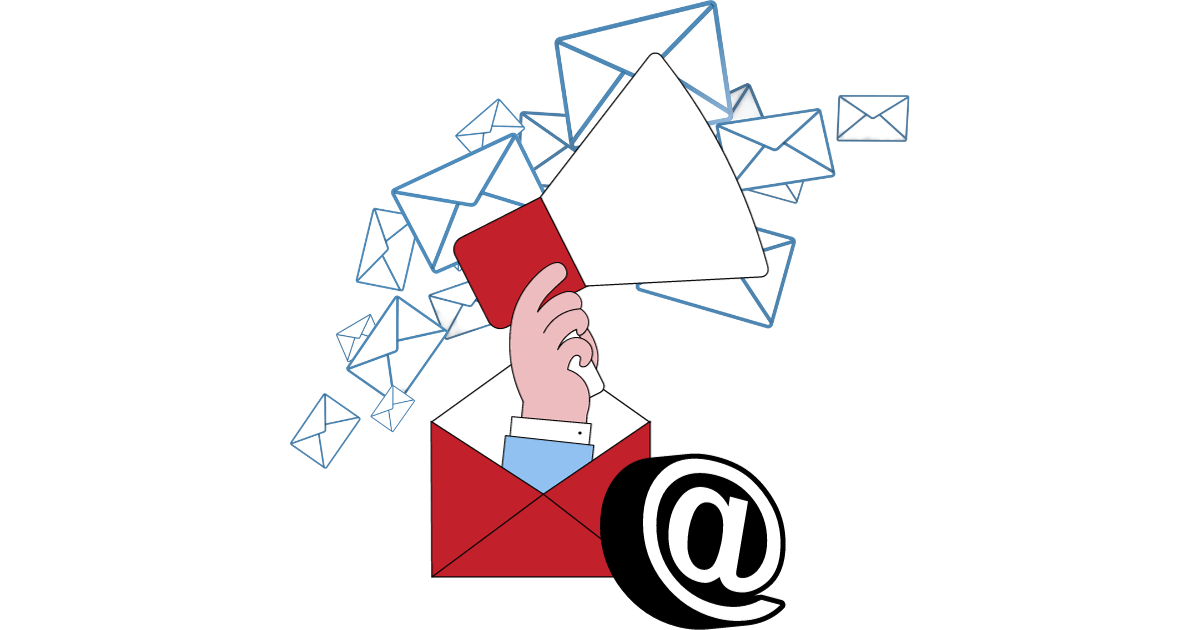
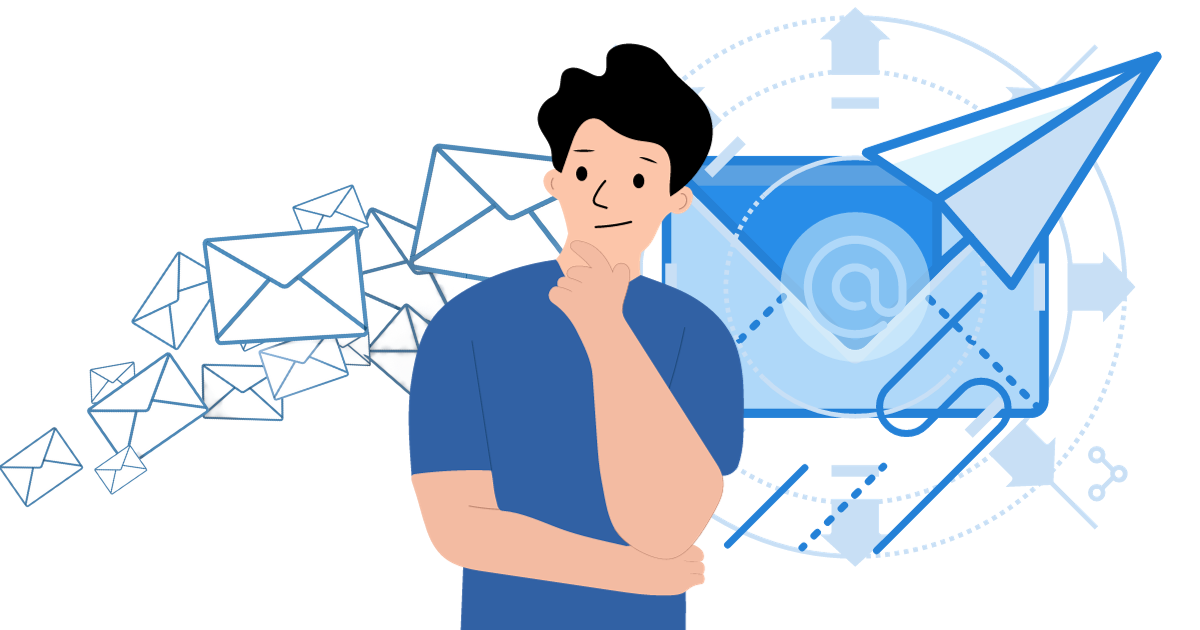
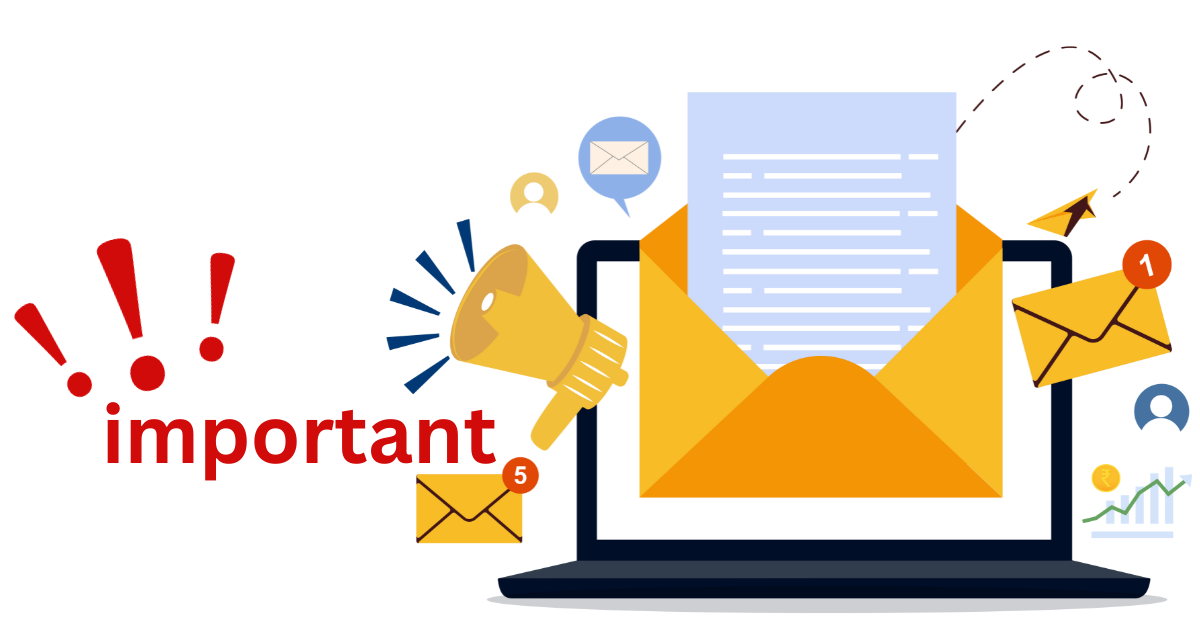
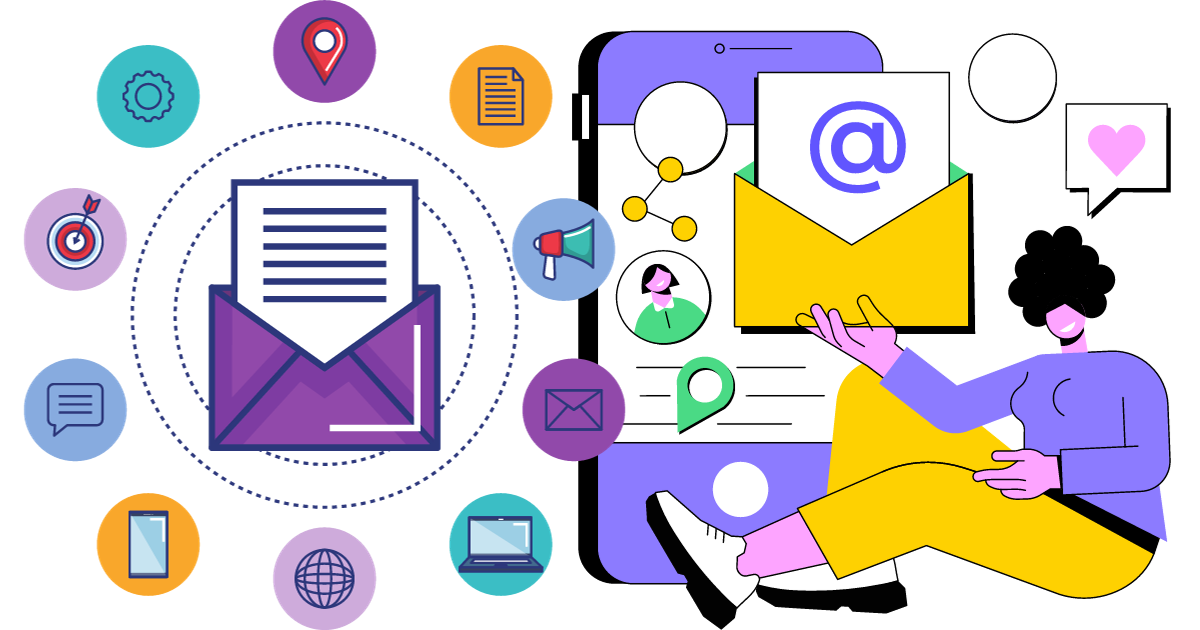

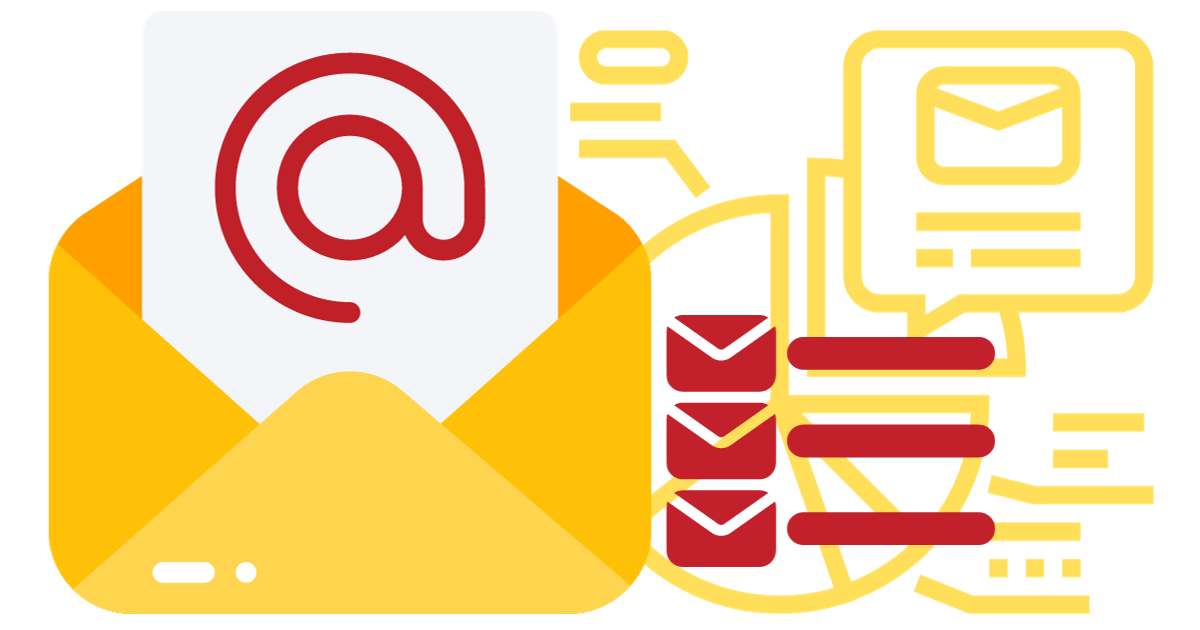


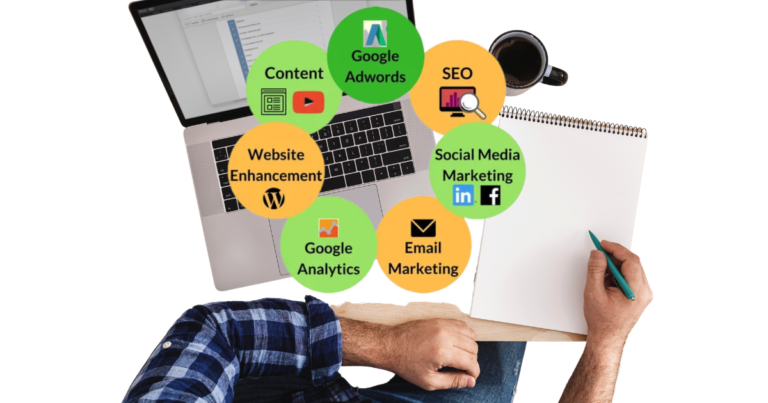

It is a an informative blog.
Wonderful post
It’s not bad
Wow it’s best working